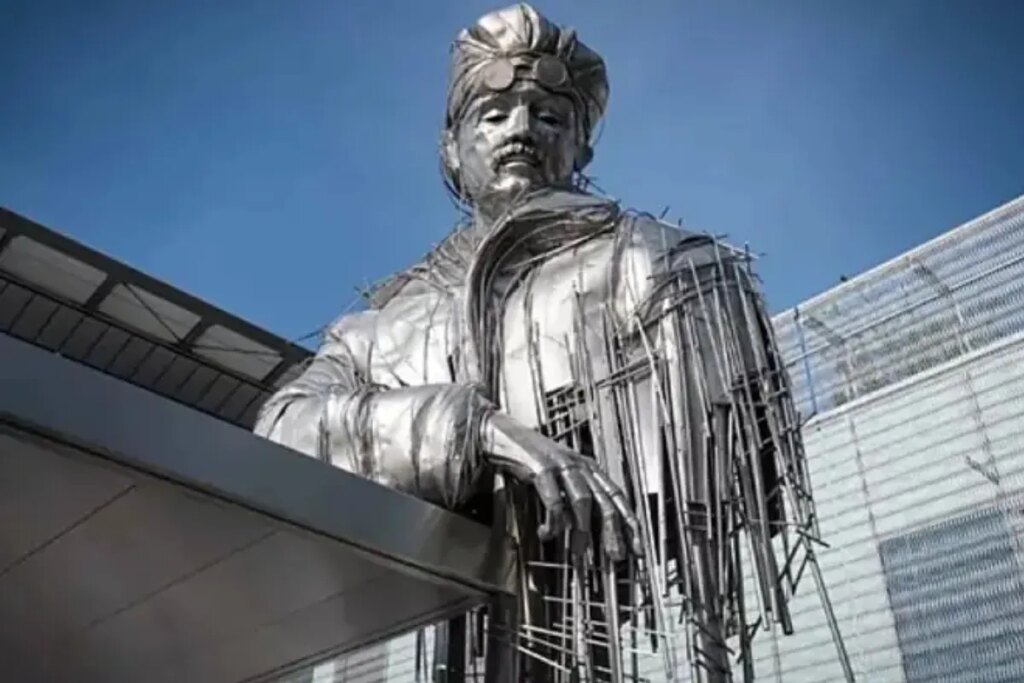One of the most eagerly awaited and exciting venues in the sporting world, particularly in tennis, is named after a character who was not particularly known for his prowess with a racket. On the clay of Paris, the Roland Garros court is named after an aviator who wrote pages in the history books.
Adrien Roland Georges Garros, born on the island of Reunion in 1888, never played in a professional tournament, although he was an amateur tennis player. His real passion was always aviation, a discipline in which he achieved notoriety. On September 23, 1913, he was the first pilot to cross the Mediterranean Sea non-stop, from Frejus to Bizerte in Tunisia.
With the outbreak of World War I, Garros volunteered for the French air force. He mainly flew monoplanes and, together with engineer Raymond Saulnier, developed a system that allowed him to shoot through the propeller of his aircraft. In 1915, he was shot down and captured by the Germans and three years later (1918) he died in combat at the age of 29.
What is Roland Garros’ connection to tennis?
In 1927, the so-called ‘Four Musketeers’ (Rene Lacoste, Henry Cochet, Jacques Brugnon and Jean Borotra) won the Davis Cup in the United States. As a result, they needed a large stadium to host the following year’s final and opted to build in Paris.
The project was backed by Emile Lesieur, a rugby player, famous for scoring the first try in the history of the 5 Nations tournament, who was also an old friend of Roland Garros. Lesieur’s only condition was that the venue should bear the name of the aviator who fell in the war.
Thus, in 1928, the Roland Garros sports complex was born, which hosts one of the most prestigious tennis tournaments on the circuit and almost a century later, fans still pronounce his name, linking it to the sport of tennis.
Read the full article here

